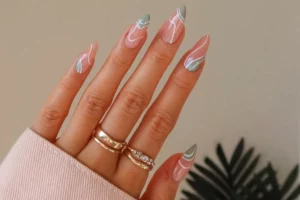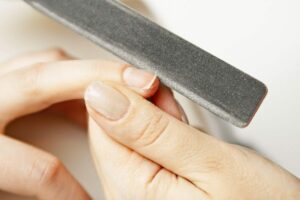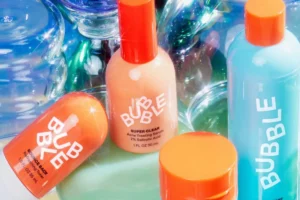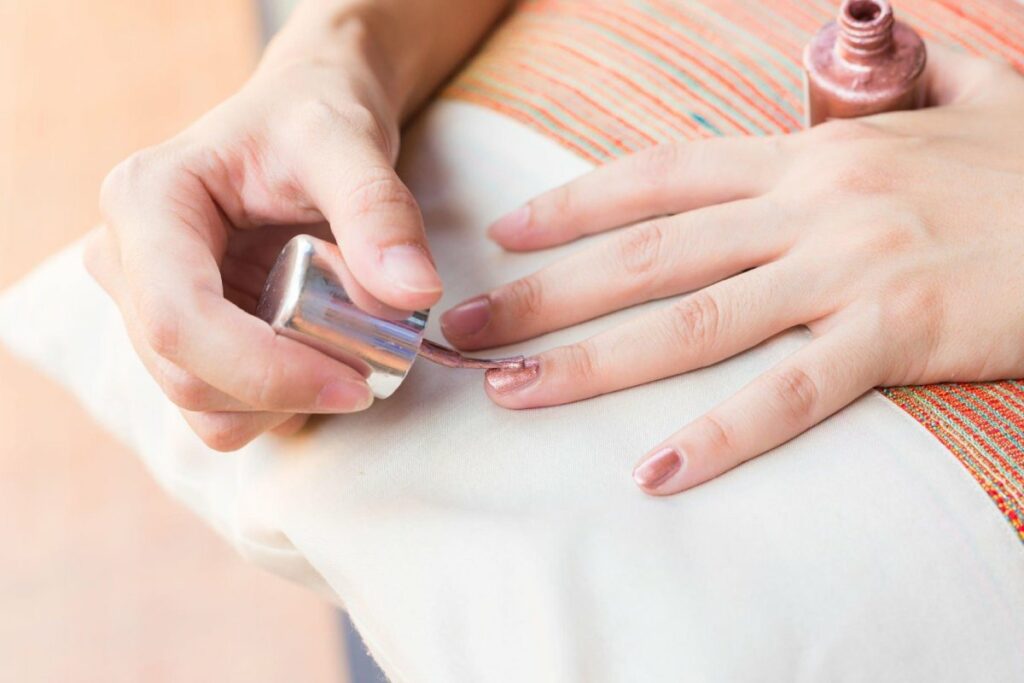
Can You Use a Base Coat as a Top Coat? It would help if you avoided using them interchangeably. These two goods, although having a similar appearance, have different functions. Base coats are often thicker and stickier, improving the nail paint’s adhesion. They have more resins in them, which gives the nail additional strength.
You must follow the appropriate procedures and use the right materials if you want your manicure or pedicure to last as long as possible. Top coats and base coats are two crucial phases. However, some people are unsure if you can combine them.
A base coat is what?

A base coat, a barrier between the nail and the polish, is normally thick, transparent, and applied to a clean nail. Additionally, base coats are adhesive and improve how well nail paint adheres to the nails. Not only does it keep your nails safe, but it also fills in gaps and makes your nail the ideal bare canvas for polish. To keep your nails healthy, several base coats also have nourishing substances in their recipes.
A Top Coat: What Is It?
A top coat’s primary function is to act as a barrier between the color polish and the environment, making the color polish chip-resistant and keeping water from touching the lacquer. Top coats typically provide UV protection to keep the color vivid and prevent the polish from deteriorating. It may also provide a glossy or matte finish in your preferred style.
Can They Be Swapped Out?
If you alternate the two, your nail won’t suffer any harm, but your overall polish won’t stay as long and might not look as well. The lacquer won’t stick to the nail plate well or benefit from the top coat’s additional protection against fading and chipping. Therefore, base and top coats are necessary for a manicure and cannot be used interchangeably.
Although the distinctions between base coat and top coat for nail paint may not seem significant, they significantly impact the appearance and durability of your manicure and pedicure. Suppose you have delicate skin and nails or get manicures frequently. To get all the advantages of a top coat without using harmful chemicals to remove your polish,. In that case, you might consider using a soak-off gel top coat.
Why A Base Coat Shouldn’t Be Used As A Top Coat:
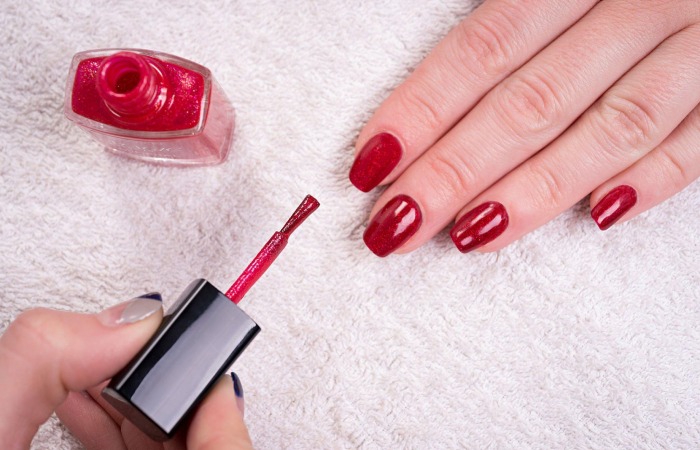 1: It Won’t Effectively Protect Your Nail Polish
1: It Won’t Effectively Protect Your Nail Polish
To avoid quickly ruining your nail polishes, you should protect them against UV rays, water, and other substances that might make them lose color and become more prone to peeling.
Top Coats can build a tough and long-lasting layer because they have a greater concentration of film formers. This thick coating protects and seals your nail polish, which functions as armor.
On the other hand, base coats provide a thinner, weaker layer, which prevents them from adequately shielding your nail paint. It would be like wearing a cotton shirt to guard against arrows if you used a base coat as a top coat.
2: Won’t adhere to your nail polish or a top coat.
To prolong the wear of your nail paint, top coats are made to stick securely to it.
Contrarily, base coats are designed to form a strong link with your nail plates and provide a surface for your nail paint to adhere to.
This suggests that removing a base coat with water would be straightforward.
3: Won’t Leave You With Such a Shiny Sheen
Your manicures will seem glossy and lustrous for a very long time with the help of top coats.
Now, while most base coats will provide a glossy sheen, they won’t remain as long as a top coat and will be rapidly removed by washing.
Why You Shouldn’t Use A Top Coat As A Base Coat:
1: It Won’t Stick to Your Nail Plate
A base coat adheres to your nail plate firmly and forms a sticky surface to which nail polish can adhere. It functions similarly to double-sided adhesive tape.
Base coats often have significant resin content, enabling them to adhere to your nails securely.
Since topcoats are made to bind primarily with nail paint, they won’t stick to your nail plate very effectively.
Therefore, your nail polish won’t have a solid foundation if you use a top coat as a base coat and will likely peel off too quickly.
A top coat shortens the lifespan of your nail polish when used as a base layer.
Therefore, I suggest you never use a top coat as a base coat. Apply plain nail paint if you don’t have a base coat.
2: It won’t Prevent Stains On Your Nails
The majority of base coats stop lacquer from discoloring your natural nails. As you can see, certain nail paints are very pigmented and may discolor your real nails. The pigments in your nail polish are now blocked from reaching your nail plate by some base layers, which form a thick, solid coating over your nails.
Since topcoats don’t provide this protection, there is a strong probability that your nails may become discolored. They can eventually take on a yellowish hue if you apply a top coat instead of a base coat.
Why Base And Top Coats Are Used In Nail Polish Routines
To preserve and enhance the look of the nails, base coats and top coats are used in a nail paint regimen.
Base coats have a variety of uses. They offer a smooth surface for the color coat to adhere to. It shields the nails from being discolored by deeper-colored polishes. It can also hydrate and fortify the nails. By acting as a barrier between the color coat and the nails, base coats can also aid in extending the lifespan of nail polish.
Top coats are used to seal and preserve the color coat after it has been applied. They provide a glossy sheen and help the nail polish last longer. Some top coats can dry quickly and can aid in strengthening the nails. Using a top coat, the nails can look glossy and new for longer.
You can protect and enhance the health and beauty of your nails by using base coats. Use top coats as part of your nail paint regimen.
Can you use a top coat as a base coat or the other way around?
Before applying the color coat, a base coat of some nail paint is used on the nails. We provide a smooth surface for the color coat to adhere to and serve as a primary layer of defense for the nails. A top coat—a clear polish—is applied to seal and safeguard the color coat.
Technically, if you wanted to, you could use a base coat as a top coat, but it would not offer the same amount of protection and shine. Similarly, a top coat might be used as a base coat, although it would lack the same nourishing and soothing qualities.
To get the most out of these products, it is often advisable to apply a base coat as a base coat and a top coat as a top coat.
Can a top coat serve as a base coat?
Technically, if you so desired, you could use a top coat instead of a base coat, but it would not offer the same hydrating and smoothing benefits. A top coat—a clear polish—is applied to seal and safeguard the color coat. It is not designed to give the nails the same advantages as a base coat.
Before applying the color coat, a base coat of some nail paint is used on the nails. They provide a smooth surface for the color coat to adhere to and serve as a primary layer of defense for the nails. The health and appearance of the nails may be enhanced by their nourishing and strengthening characteristics.
To get the most out of these products, it is often advisable to apply a base coat as a base coat and a top coat as a top coat. The degree of nourishment and protection offered to the nails by a top coat as a base coat could not be as high.
Advantages Of Applying Base And Top Coatings As Directed
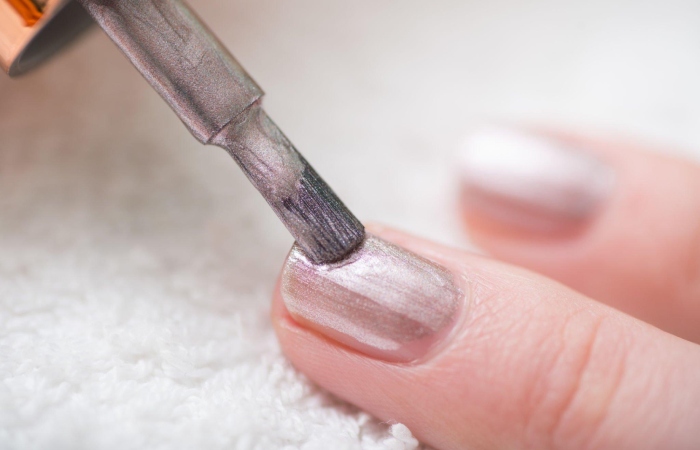
Using base and top coats, as your nail paint regimen suggests, has several advantages.
The nails can benefit in several ways from using a base coat as a base coat. A base coat may nourish and strengthen the nails. It prevents them from discoloring by polishing them with deeper hues. It also creates a smooth surface for the color coat to adhere to. Acting as a barrier between the color coat and the nails, it can also aid in extending the lifespan of the nail polish.
The nails can also benefit from using a top coat in some ways. The life of the nail polish is increased by using a top coat, which helps to seal and safeguard the color coat. Additionally, it can give the nails a glossy finish and prolong their freshness and shine. Some top coats can dry quickly and can aid in strengthening the nails.
Overall, utilizing base coats and top coats as directed can protect and enhance the condition of the nails. To get the most out of these items, it is typically better to use them as directed.
Advice On Using Base Coats And Top Coats To Get The Greatest Results
Here are some pointers for applying base coats and top coats to get the best results:
Start with dry, clean nails. Before applying base or top coats, check to see that your nails are dry and clean. The polish may not adhere effectively if the nails are dirty or oily.
Apply thin, even coats of polish. Base and top coats should normally be applied in thin, even layers. This will make the polish dry faster, evenly, and with a nicer finish.
Before applying the next layer, let the previous one completely dry. Let each polish layer completely dry before using the ensuing coat. The layers can thicken and become more susceptible to chipping or peeling if the polish is not completely dried.
If you apply base coats or top coats incorrectly, you may address the issue before the polish dries fully using a cotton swab and nail paint remover.
Maintain appropriate nail polish storage to obtain the greatest results from your base layers and top coats. Keep them out of direct sunlight in a cool, dry location. This will guarantee that they apply easily and assist in extending their shelf life.

